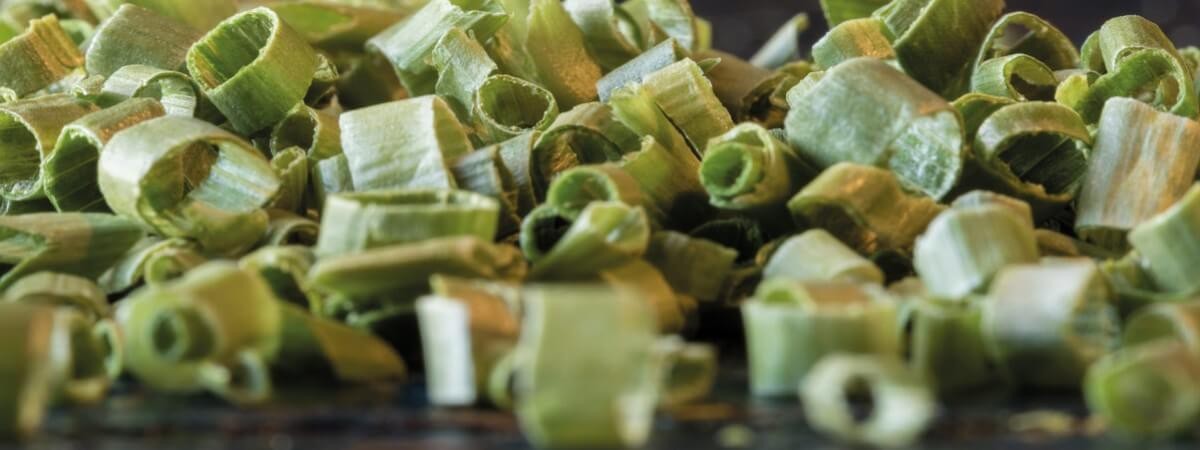With freeze-drying using vacuum from BUSCH, fruits, vegetables, meat and even ready meals taste as delicious after a prolonged period as the first day.
The Incas freeze-dried potatoes. They were repeatedly frozen and thawed, at altitude, in the Andes. Chuño, as they called this foodstuff, lasted up to ten years. The Incas may have had their own name for the scientific process that is the basis for freeze-drying. In our times, it is called sublimation. Water skips the “liquid” state and becomes directly “gaseous” from “solid”.
Fine food
Modern freeze-drying based on sublimation is excellent for extending the shelf life of food. Coffee was one of the first products to be freeze-dried with modern vacuum technology. It works for many kinds of fruits, vegetables, herbs, meat and even ready meals. Some innovative chefs involved in what is called molecular gastronomy – combining science and food – have even used freeze-dried fruits to make jam or to garnish deserts.
Light and flavorful
The freeze-drying process is quite straight-forward. Let us take raspberries as an example. They are first deep frozen before being placed in a drying chamber. The pressure in the chamber is reduced using a vacuum pump. Heat energy is added. Ice in the frozen berries starts to sublimate to water vapor. Nearly all the moisture is removed in this step. The cells are not destroyed, and the raspberries do not lose their original shape. Then some months or years, or even decades later, adding hot or cold water brings the raspberries back from their freeze-dried state. With nearly the same amount of vitamins, trace elements and fiber as before. They should also be as flavorful as they were when they were first plucked off the bush.

Save it for Later
Vacuum helps food last for long
How NASA fed its astronauts
For astronauts during the 1960s and 70s, freeze-dried food was a staple. However, the first freeze-dried meals on space missions were eaten cold. Astronauts complained. NASA then invented a special water gun that could inject hot water into freeze-dried food packages. Astronauts could enjoy hot meals. Later, during the Skylab program that followed the Apollo missions, a fridge and kitchen area were introduced on spaceships.
For astronauts during the 1960s and 70s, freeze-dried food was a staple. However, the first freeze-dried meals on space missions were eaten cold. Astronauts complained. NASA then invented a special water gun that could inject hot water into freeze-dried food packages. Astronauts could enjoy hot meals. Later, during the Skylab program that followed the Apollo missions, a fridge and kitchen area were introduced on spaceships.